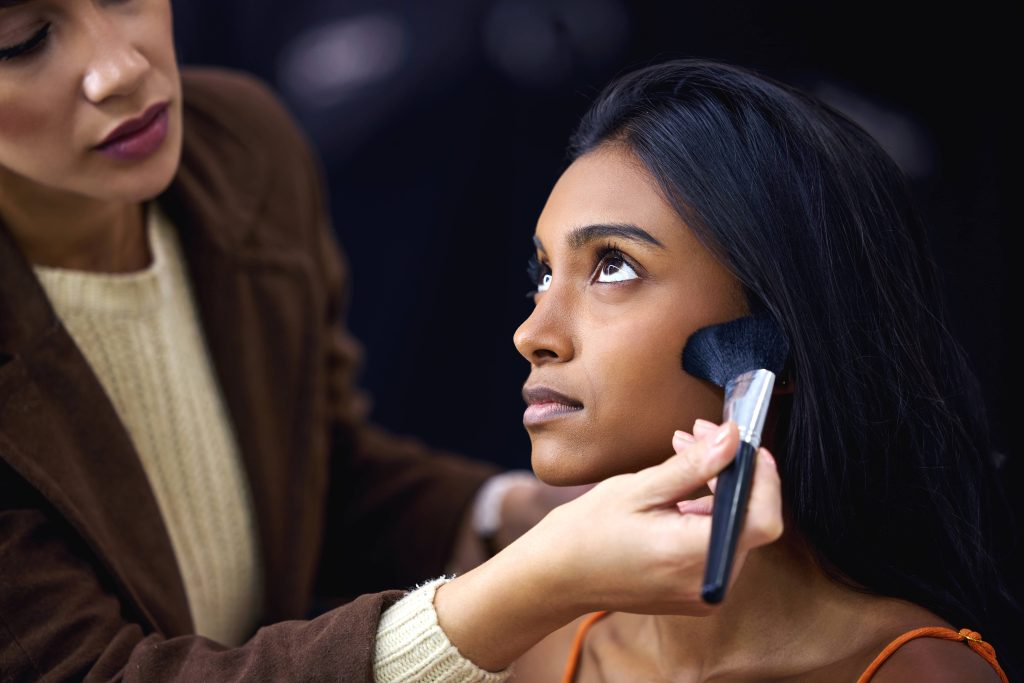
Hair thinning and loss are common issues faced by many individuals, and while it can be a distressing experience, it’s important to remember that you’re not alone. Hair loss can be caused by a variety of factors including genetics, diet, stress, and hormonal changes. Fortunately, there are several ways to address hair thinning and loss effectively. Here, we will explore a range of methods to help you restore hair health and regain your confidence.
Understanding the Causes
Before diving into solutions, it’s crucial to understand the potential causes of hair thinning and loss. Here are some common culprits:
1. Genetics: Heredity plays a big role in hair loss. Androgenetic alopecia, or pattern baldness, is a common hereditary condition that affects both men and women.
2. Hormonal Changes: Hormones can affect hair growth cycles. Conditions like polycystic ovary syndrome (PCOS) or menopause can lead to hair shedding.
3. Stress: Physical or emotional stress can trigger hair loss. This condition, known as telogen effluvium, is typically temporary.
4. Poor Nutrition: A diet lacking essential nutrients like iron, protein, and vitamins can lead to hair thinning.
5. Medical Conditions and Medications: Conditions such as thyroid issues or autoimmune diseases can cause hair loss, as can certain medications.
Effective Solutions for Hair Thinning and Loss
1. Maintain a Balanced Diet
A balanced diet is critical for healthy hair growth. Ensure you consume adequate amounts of protein, as hair is primarily made of a protein called keratin. Include foods rich in iron, zinc, and vitamins A and C to promote hair health. Omega-3 fatty acids found in fish like salmon can also benefit your hair. Consider incorporating more leafy greens, nuts, seeds, and lean meats into your diet.
2. Choose the Right Haircare Products
Using the right shampoo and conditioner is essential. Opt for products specifically formulated for thinning hair, as they often contain active ingredients such as biotin, niacin, and caffeine that can strengthen hair and promote growth. Avoid over-washing, as this can strip hair of essential oils, leading to dryness and breakage.
3. Regular Scalp Massages
Massaging your scalp can stimulate blood circulation to the hair follicles, encouraging healthy hair growth. Use your fingertips to gently massage your scalp in circular motions for a few minutes daily. You can enhance the experience by using essential oils like rosemary or peppermint oil, known for their hair-promoting properties.
4. Avoid Heat and Chemical Styling
Frequent use of heat styling tools like flat irons and blow dryers can damage hair, leading to further thinning and loss. Try to limit your use of these tools and embrace natural drying methods whenever possible. Similarly, avoid chemical treatments like perming, straightening, or coloring, as these can weaken hair shafts and exacerbate loss.
5. Manage Stress
Given that stress is a significant factor in hair loss, finding ways to manage it can significantly improve hair health. Techniques such as yoga, meditation, or regular exercise can help reduce stress levels. Consider setting aside time for relaxation and self-care to support not only your hair but your overall well-being.
6. Consider Hair Growth Supplements
There are various supplements on the market specifically aimed at promoting hair growth. These often contain biotin, collagen, and other essential vitamins and minerals. Consult with a healthcare provider before starting any supplement regimen to ensure it is appropriate for your situation and does not interact with any medications you may be taking.
7. Medical Treatments
For more severe cases of hair thinning and loss, medical treatments may be necessary. Minoxidil (Rogaine) is an over-the-counter topical treatment known to stimulate hair growth. In addition, there are prescription medications like finasteride (Propecia) for men. Laser therapy and platelet-rich plasma (PRP) injections are also emerging treatments showing promising results. Consulting with a dermatologist or trichologist can provide insight into which treatments may be appropriate for you.
8. Hair Transplant and Restoration
In situations where other treatments are ineffective, hair transplant surgery can be an option. This involves moving hair follicles from one part of the body to the thinning area. While more invasive, advances in technology have made these procedures more effective and with natural-looking results.
9. Embrace Hairstyles and Accessories
In addition to improving hair health, finding hairstyles that create the illusion of fuller hair can be beneficial. Layers and texturizing can give the appearance of volume. Accessories such as headbands, clips, or hats can add style and, at the same time, help cover thinning areas.
10. Stay Patient and Positive
Hair regrowth takes time, and it’s crucial to remain patient throughout the process. Set realistic expectations, and celebrate small milestones along the way. Surround yourself with supportive friends and family who can encourage you during this journey.
Conclusion
While hair thinning and loss can be challenging, understanding the root causes and implementing these strategies can make a significant difference. Everyone’s hair journey is unique, and it might take some time to find what works best for you. With a combination of lifestyle changes, appropriate hair care techniques, and, if necessary, medical interventions, you can address thinning and begin the path to healthier, fuller hair. Remember, self-care extends beyond the physical, so no matter the state of your hair, confidence is your greatest accessory.



